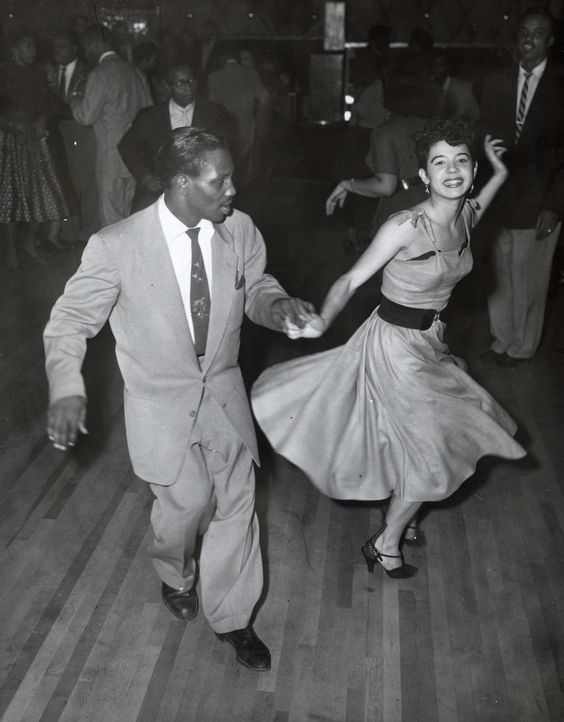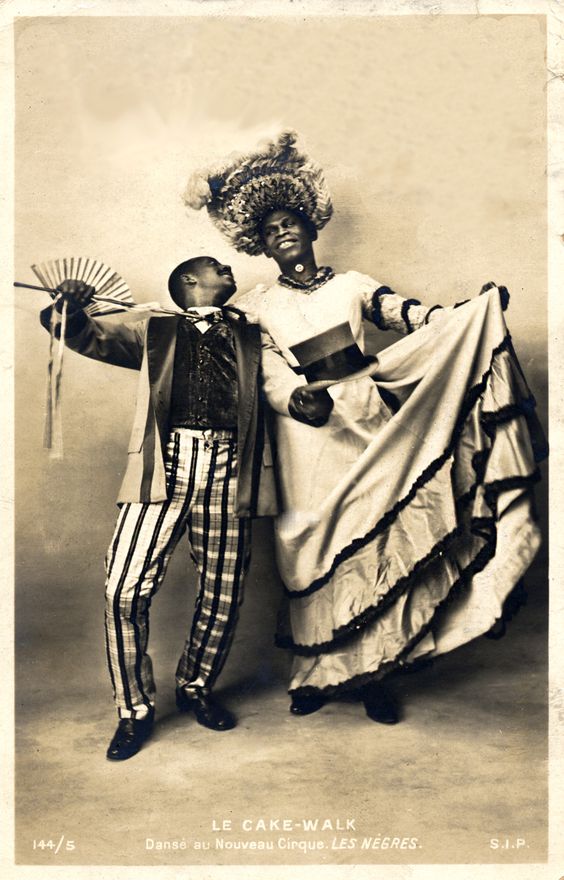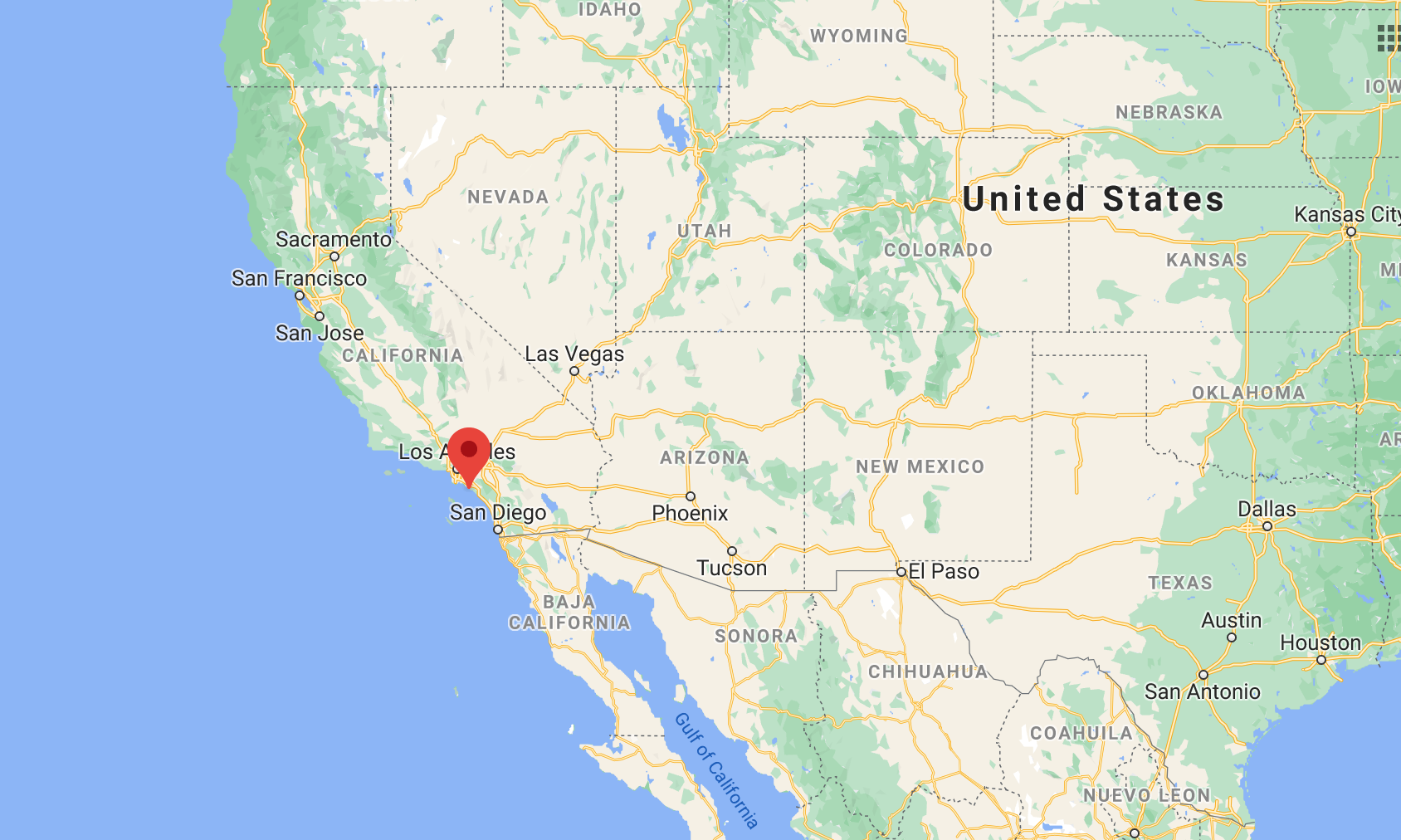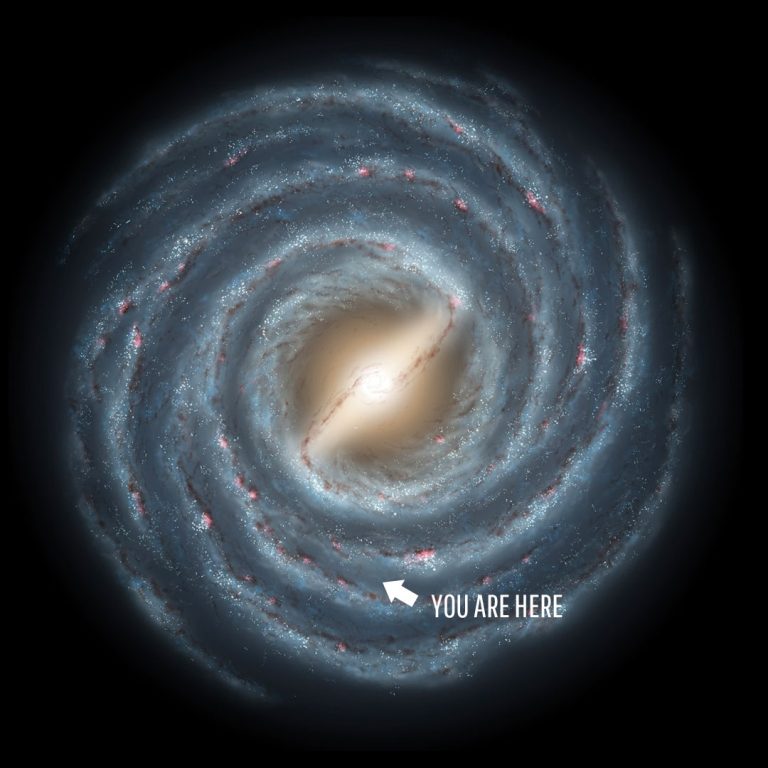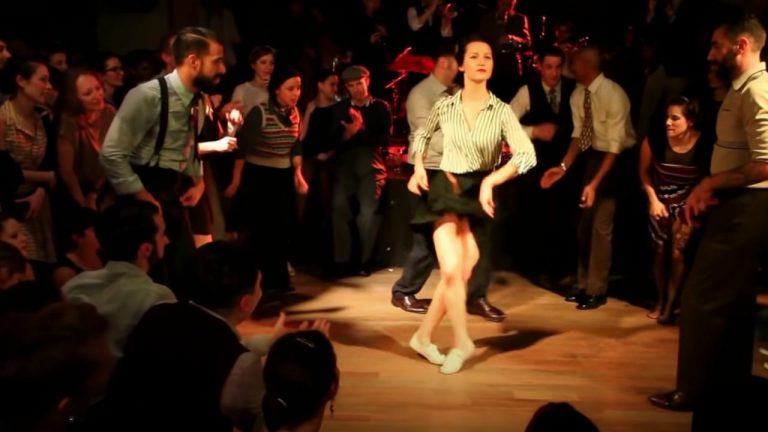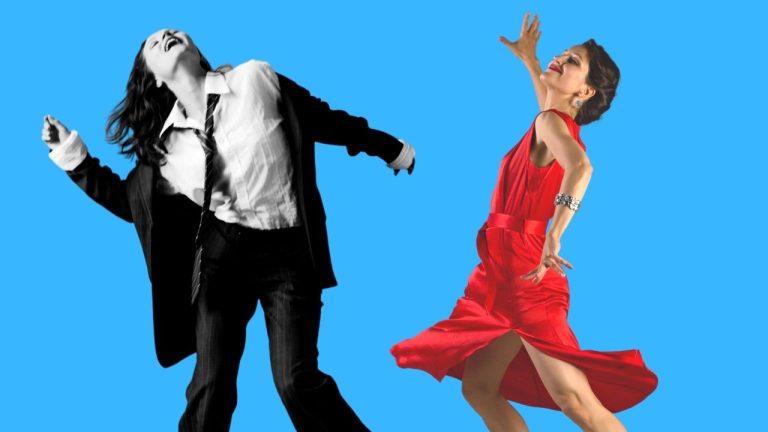The history of social dancing in the United States is very rich. Most of us heard of Lindy Hop or swing dancing. Though there were many amazing dance forms in combination with Jazz music, that dominated the cultural landscape in America in the first half of the 20th century.
In this blog I will make a quick overview of the popular social partner dances during the first half of the 20th century such as Cakewalk, Two Step, One Step, Fox Trot, Charleston, Shag, St. Louis Shag, Balboa and Lindy hop (Jitterbug).
Ragtime dances
Ragtime was a highly rhythmic dance music that became an international phenomenon in late 19th century. This music was always associated with dancing. As the music moved to ballrooms, the ragtime sheet music always had a. mark of an “appropriate” dance. The dances named on the earliest ragtime sheet music are the cakewalk, march, and two-step. Interestingly, at time all of those dances or a combination was written on a sheet. It tells us that there was lack of musical distinction between the dances.
Cakewalk
The Cakewalk, also known as the “Chalk line walk” or “walk around” was a pre-Civil war dance developed from the original “prize walks”. Prize walks were held in the plantations of the Southern United States in the mid 19th century.
Prize walks were sort of carnival events. The slaves of southern plantations used to gather at their master’s house to enter a contest and perform a dance. In fact the dance’s name comes from the decorated cake that would be awarded to the winning couple.
Us slaves watched white folks’ parties where the guests danced a minuet and then paraded in a grand march, with the ladies and gentlemen going different ways and then meeting again, arm in arm, and marching down the center together. Then we’d do it too, but we used to mock ’em every step. Sometimes the white folks noticed it, but they seemed to like it; I guess they thought we couldn’t dance any better.
– Baldwin 1981
Basically the dance was about mocking the aristocratic mannerism of white people. Initially it was performed by men and Black dancers only. Later the shows saw the introduction of both women and Whites, usually performing in Black face.
By the mid 19 century, cakewalk began to enter the minstrel show acts. Slowly it became a part of American culture and entertainment. Though the dance was the first one to dissapear from the ragtime sheet music in around 1904.
The Two- Step
American Two-Step craze began around 1890. Before that it was the European dances that dominated American ballrooms. The Two-Step was a simple dance in 2/4 or 4/4 time that brought on marching chassés steps.
The Two Step flourished because it was perfectly suitable for dancing to marching tunes of John Philip Sousa. “The Washington Post” tune by Sousa fit the Two Step so much that the dance was at times called The Washington Post.
One of the most popular Two Step dances was The Circle Two Step (also called “The Paul Jones”), a mixer where the dancers began in a large circle, broke away with a partner for The Two – Step, reformed the circle and found a new partner, broke away for The Two – Step, and so on.
Erica Nielsen, p. 38
Few decades later the new style The One – Step (and the Foxtrot) replaced The Two – Step dance.
The One-Step
The One – Step (a.k.a: the Turkey Trot, Bunny Hug, Grizzly Bear) came from England in 1911. At that time it consisted of a mere march forward, backward and a right turn, danced with military precision. When it was brought to America, it was adapted to the syncopated rhythms of Ragtime music by adding a run or “trot” (like a little galop, in a horse riding style).
The One Step, that became popular after the animal dances, however, eliminated all hoppings, all contortions of the body, all flouncing of the elbows, all twisting of the arms, and above all else, all fantastic dips
– Erica Nielsen, p. 17
It was like this until the ballroom couple Irene and Vernon Castle developed what was seen by the white community as a more dignified version of it. It took the name of the Castle walk.
However around 1917 One Step gradually fell out of fashion and disappeared from the ragtime music sheets.
Foxtrot
The Foxtrot (also Fox Trot, The Fox-trot, Fishwalk or Horse Trot), is an animal dance, that later became a ballroom dance craze. As Nielsen and Kassing state, foxtrot might have originated from the 1913 (1914) vaudeville act by Arthur Carringford, whose stage name was Henry Fox. His two slow walks followed by 4 quick steps became known as “Fox’s Trot”.
However some attribute the invention of the Foxtrot to the Castles. Two professional ballroom dancers, who through their frequent performing foxtrot inspired many people to come to dance studios for instructions. You can watch The Castles dancing fox trot in public here.
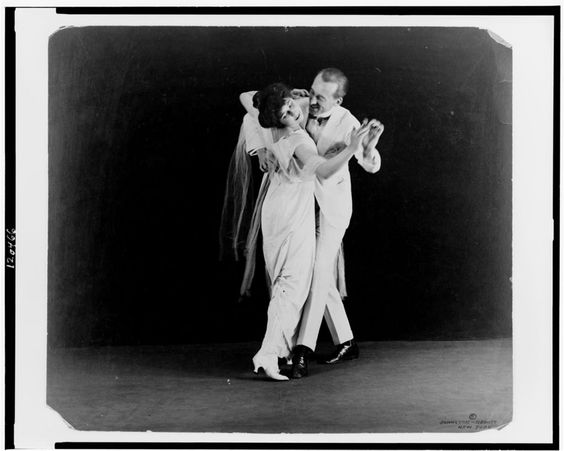
In the 20s, English professional dancers and dance teachers found a new standardised way to adapt this dance to slower tempos. So the dance split into two ones : the “slow” foxtrot (also called English foxtrot) and the “Quickstep”. The quickstep being influenced by Charleston. The slow foxtrot by the Valse Boston.
The foxtrot today remains mainly a competitive American dance, thought in academies and dance studios. Equally one can also dance foxtrot in ballrooms at social events. During its development another spin off style came to be: the Pea body.
The Peabody
The Peabody is an American ballroom dance which evolved around 1914 from a faster version of the Foxtrot. What was called the “Quickstep” in England, was the Peabody in America, named after the New York policeman William Frank Peabody.
The Peabody was basically a unique, jaunty type fast fox-trot, done to ragtime music. Danced in an unusual couple position, called the “English”. Mr Peabody, was a big man. He simply could not hold the partner directly in the front. As a result the position is shifted.
The dance covers a lot of space on the floor. Peabody is essentially a fast one-step, with long, gliding strides and a few syncopations. The leader changes sides as he travels around the floor and adds promenades and simple turns as the dance progresses.
Here you can watch Ralph Kramden dancing his version of The Peabody to hot jazz music at a costume ball.
The One Step and Peabody went on to become the (modern) Quick-step in American style ballroom.
Charleston
Charleston dance is a solo and a partner dance. Named after a Charleston city, its invention attributed to Jenkins orphan boys and has roots in geechie / gullah culture. In 1920’s it became a national craze and reached international popularity. For more information on history of the dance you can read my blog, the History of Charleston dance.
Charleston dance as solo and partnered style saw stylistic changes between the 20s and the 40s. In the 20s it was danced to ragtime and early jazz music (New Orleans jazz). And in the 30s to swing music. Hence, we can say Charleston is a ragtime dance and a swing dance.
20s style
Closed face to face position was typical for the 20s style. The footwork mainly consisted of Charleston 20s twists.
30s style
The dance got a new life in 1930s in the Savoy Ballroom when it was merged with Lindy Hop. In the 30s and 40s the close embrace position opened out. Now you had “hand to hand”, “side by side”, “tandem” (when the follower stands in front of the leader) and break away positions.
Watch Al Minns and Leon James doing the Lindy Charleston in couple. You can see the style, footwork and couple position has changed. More importantly, the feel changed. It is swinging, has a 4/4 feel and looks more horizontal.
Swing dances
Swing dance is a group of dances that developed with the swing style of jazz music from the 1920’s to the 40s. During the swing era, there were many styles of swing dancing. Some that survived beyond the era include: Lindy Hop, Balboa, Collegiate Shag, and Charleston. Swing is a broad term. It’s the name of the era, name of the rhythm, and a tern to describe group of dance styles.
Collegiate Shag or Shag
The Collegiate Shag (or “Shag”) is a partner dance done primarily to uptempo swing and pre-swing jazz music.
It is believed that the origins of the dance are within the African American community of the Carolinas in the 1920s. Shag became a craze in the 30s and even the New York Times described it as a “fundamental dance step for swing”
The Collegiate Shag was extremely popular with younger dancers. Especially popular with those who prefer lots of action rather than the slow mellow style of Fox – Trot. Interestingly, since the 1930s the word “Shag” has been used to refer to a family of Jitterbug dances.
Shag dance does not strive for elegance. It is about energy and explosion. Its bouncy hops, kicks, exaggerated hand hold and gawky style give it a fun flair.
“Flea hop”
Prior to the 30s shag was probably known under other names like “flea hop”. It is as well suggested that the dance evolved from a partnered version of the solo Vaudeville/tap step called “flea hop”. It featured a movement pattern that’s very similar to shag.
One curious fact, in the late 19th century, “shagger” was a nickname for ‘Vaudeville performer’. Perhaps, this Vaudeville slang was what inspired Lewis Hall (who claimed to have invented the Shag step in 1938) to give his dance the name “shag”.
Alber Murray Shag
One more interesting video about shag dance is where Albert Murray teaches a shag class. Actually, his style of dancing shag got it’s name as Albert Murray Shag.
Today Shag is an internationally popular swing dance style. Take a look at the contemporary shag dancers at one of the biggest events in the Europe dedicated to this dance – Barcelona Shag Festival
St. Louis Shag
St. Louis shag is a swing dance that evolved from Collegiate Shag, Charleston and Lindy Hop, which originated in St. Louis, Missouri in the 1930s.
The dance has an 8-count basic that is commonly composed of triple-step, kick, triple-step, kick. The St. Louis Shag is an extremely fast, closed position dance. The general speed for it is around 220-300 bpm.
In this video you can see Christian Frommelt and Jenny Shirar performing St. Louis Shag at Rock That Swing festival in Munich.
Balboa
Balboa is a town in Newport Beach, California. In the 1930s, dancers at the Balboa Pavilion in Newport Beach, California, created their own swing dance style. The club was a small building. It was simply impossible to throw wild acrobatics of the Jitterbug there. So dancers created the Balboa – a perfectly adapted dance to fast music and crowded ballrooms.
Balboa is usually separated in two forms. Pure-bal, that is danced in closed position. Bal-swing, where the dancers are separated and lot of turns are performed
It was a simple style of dance based on a close position, strong partner connection and easy footwork based on shuffling along the floor, although covering the least space possible.
When Swing dancers added a few Balboa steps in their dance style, a combo of the two was born: the “Bal swing”. This one allows the partners to break the close position, introducing more freedom into using turns, spins, even aerials, while keeping the original Balboa tradition and philosophy.
The Lindy (The Lindy Hop)
The Lindy Hop was born in the African-American communities in Harlem, New York. It was born to a sound of a new style of music being played in Harlem – swing. The musicians called this new rhythm “swinging the beat”.
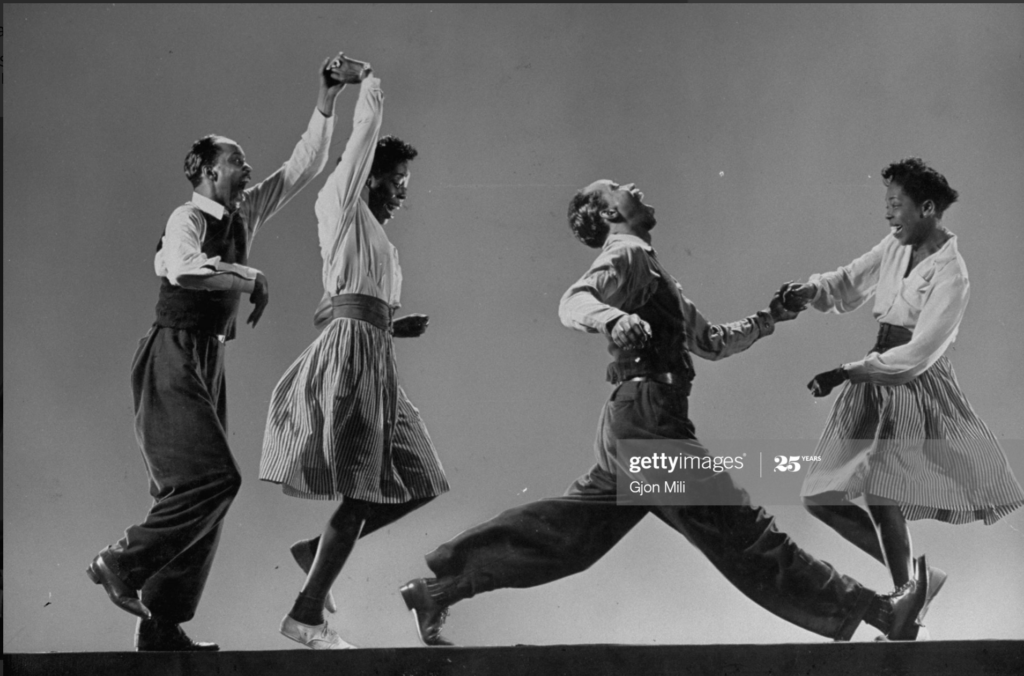
The name Lindy Hop came from a dancer Shorty “George” Snowden. During a dance marathon the reporter asked Snowden what he was dancing. Just at that time in 1927 Charles Lindberg made a transatlantic flight and all the newspapers were screaming “Lindberg “hopped” the Atlantic”. And so Snowden said: “Lindy Hop”.
Snowden danced at the marathon with his partner Mattie Purnell. You can see them in this video. Shorty was doing the break away and the send outs, those were the predecessors of the swing out move. Swing out is the defining move of Lindy Hop.
According to Frankie Manning, the Lindy developed out of Charleston, the Collegiate and the break away.
Hellzapoppin’
The most famous Lindy Hop video is from “Hellzapoppin'” film, 1941
- The film features The Harlem Congaroo Dancers (so called “Whitey’s Lindy Hoppers”):
- William Downes/Overalls & Frances “Mickey” Jones (0:39)
- Billy Ricker/Chef’s Hat & Norma Miller (1:09)
- Al Minns/White Coat-Black Pants & Willa Mae Ricker (1:29)
- Frankie Manning/Overalls & Ann Johnson (1:55)
The history of the originators of the Lindy Hop at the Savoy Ballroom. In this video you can see the Ambassador of Lindy Hop Frankie Manning social dancing.
So what is Jitterbug?
Somehow there is a confusion between the names Jitterbug and the Lindy. In fact, jitterbug is just a nickname for Lindy Hop. Some would say, it was a white name for the Lindy. the term jitterbug was in use after the 1940’s.
Negative meaning
The term actually had a bad connotation. It was used to describe a drunk person shaking from “jitters”, or tremors. A person who had too much “jitter sauce” (illegal moonshine). As Al Minns describes, jitterbug was a name for people who were bad dancers.
The word “jitterbug” as well appeared in Cab Calloway’s popular swing number “Call of the Jitterbug” in 1935. In this song we can hear that jitterbugging is connected with its drinking aspect.
Wizard of Oz and Lindy Hop
The film Wizard of Oz played a big part in settling the names. The producers wanted a swing dance scene and preferred the name jitterbug. “Lindy Hop” seemed like a very unfamiliar word with no direct association that would not get popular appeal. Jitterbug in the movie was actually a scary insect sent to Dorothy by the Witch. Once bitten the victims shall dance till they fall in exhaustion. Here you can watch the scene from the movie.
It’s very interesting and sad how this situation played on reputation of the dance. Lindy hop was just becoming popular and known to white audiences at the time when Wizard of Oz came out. The fact jitterbug, the name of the dance, and it’s association with the witch created for some social groups an association with illegal, primitive and threatening dance.
P.S.
Here is a fantastic video of Al Minns and Leon James performing jazz dances at the talk show “Playboy’s Penthouse”, hosted by Marshall Stearns. You can see them dancing Cakewalk, Charleston, Two Step, Collegiate, Break Away, The Lindy and The Big Apple.
References and bibliography
- Social dance: a short history. Routledge & Kegan Paul, London. Chapter 7. The twentieth century: Jazz and after by Franks A.H. 1963.
- “The Cakewalk: A Study in Stereotype and Reality” by Baldwin, Brooke (1981). Journal of Social History. Oxford University Press.
- Ragtime: A Musical and Cultural History By Edward A. Berlin
- Ballroom, Boogie, Shimmy Sham, Shake. A social and popular dance reader by Julie Malnig
- “Peabody,” in The Encyclopedia of Social Dance by Albert and Josephine Butler (New York: Albert Butler Ballroom Dance Service, 1971).
- Folk Dancing by Erica Nielsen
- Ballroom Dancing Techniques – The One Step By Anon
- History of Dance: An Interactive Arts Approach By Gayle Kassing
- Shag: The Legendary Dance of the South by Bo Bryan
- The Original One-Step (Newman, Dances of To-Day, 1914, p. 69)
- Ragtime One Step
- Ragtime dance. The One – Step
- What is Shag Dancing
- Lindy Hop, The original swing dance
- Cakewalks & Jitterbugs: The Marriage of Jazz and Dance
- Historia del Balboa: del Pure – Bal al Bal – Swing
- Vernon and Irene Castle Biography
- The Definition of Jitterbug
